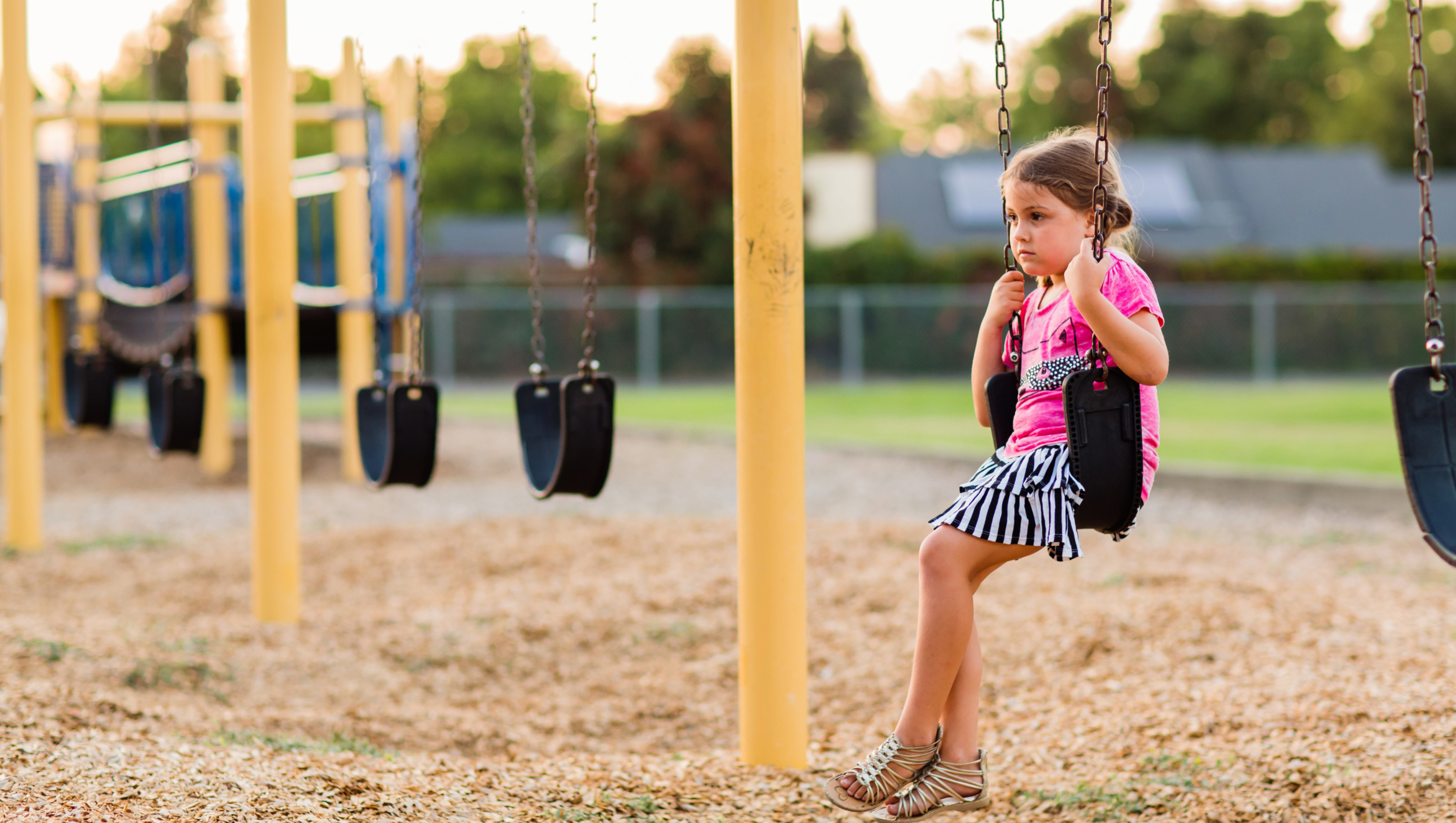4 Signs Your Daughter Has Anxiety

In the 27 years I’ve been counseling girls and their families, I have never seen something impact the lives of girls the way anxiety has in the past five years. It has now reached epidemic proportions, with one in four children suffering from anxiety at some time during their growing up years. The research varies, but the average age of onset is somewhere between the ages of six and eight. And that is certainly what I’m seeing in my counseling office. I’m also seeing an uptick in anxiety around the age of 11 when puberty starts to wreak havoc on our already anxious-prone girls.
Here’s the problem: anxiety is really hard to detect. In fact, most kids who start to show signs of anxiety aren’t brought in for treatment until two years after those signs start to manifest. And, while girls are twice as likely to develop an anxiety disorder as boys, they’re brought in for therapy less often.
So, what’s the deal with girls specifically?
The deal is that anxious girls often fit a certain profile. I tell girls in my office that the ones who try hard, care deeply, want to please their parents, teachers and the adults who love them usually worry the most. In fact, my standard line with girls of all ages is “You know, the girls I see who worry are some of the coolest girls I know. They’re really smart, they try hard, and they care a lot about the people in their lives.” And their faces light up because someone knows and understands a little more of what’s going on underneath the surface.
So, let’s dig a little deeper to figure out what is really going on with the anxious girls we love, and how we can maybe understand and help before the problem gets worse. In fact, anxiety does just that—if left untreated, it only gets worse. So, here are a few of the things I hear parents describe the most in their anxious daughters.
4 Signs Your Daughter Has Anxiety
- She struggles with self-regulation.
When parents bring their girls in for counseling, especially their younger girls, there’s one emotion they describe the most: anger. Anger, as you’ve likely read, is a secondary emotion. In other words, another emotion is fueling that anger. For children (and even teenagers at times—and maybe we should add adults) who don’t yet know how to put appropriate words to their fears, those fears manifest as anger. And that anger comes out in a big way. These girls live at 10 on a 1 to 10 scale. They struggle with self-regulation, as a result of the anxiety that literally takes over their brains and their bodies.
- She overestimates the problem.
Girls who are anxious see small problems as big and big problems as insurmountable. They just can’t do it. It’s too hard. Or scary. In fact, even the same problem she faced yesterday will be too big again today. Anxiety has no memory. She will cry before bed about riding the bus the next morning over and over and over again.
- She underestimates herself.
Not only is the problem too big, but she’s too small. She’s not smart enough. Or brave enough. In fact, it’s why I based the title of my book for elementary-aged girls after the Winnie the Pooh quote—Braver, Stronger, Smarter. And I remind girls that the book isn’t to make her something she’s not, but to help her discover how brave and strong and smart God has already made her to be. She needs regular reminders that “she’s got this”—whatever “this” involves.
- She has looping thoughts.
Parents will regularly tell me in my office that they feel crazy. “I just can’t talk her out of it,” or “There is no way to make her feel better once she starts to worry.” In fact, those parents are exactly right. Her amygdala, the fight or flight region of her brain, has hijacked the thinking part when she starts to worry. And so she truly isn’t capable of reasonable, rational thought. Therefore, her thoughts will loop over and over around the same idea. I tell the girls in my office it’s a little like the one loop roller coaster at the fair. Whatever the worrying thought is, just goes around and around and around in her little brain. She needs your help resetting her brain and stopping those anxious, looping thoughts. But first, she needs you to recognize worry or anxiety for what it is.
If your daughter is showing struggles with self-regulation or looping thoughts, if she overestimates the problem and underestimates herself, she may be dealing with worry or anxiety. But don’t let this realization paralyze you with your own worry. There is help and hope for you and your child. Connect with Sissy and her resources below.
Sissy Goff, M.Ed., LPC-MHSP is the Director of Child and Adolescent Counseling at Daystar Counseling Ministries in Nashville, TN, with the help of her counseling assistant, Lucy the Havanese puppy. She is a sought-after speaker and the author of eleven books, including her two brand new companion books, Raising Worry-Free Girls and Braver, Stronger, Smarter. You can find her at raisingboysandgirls.com.